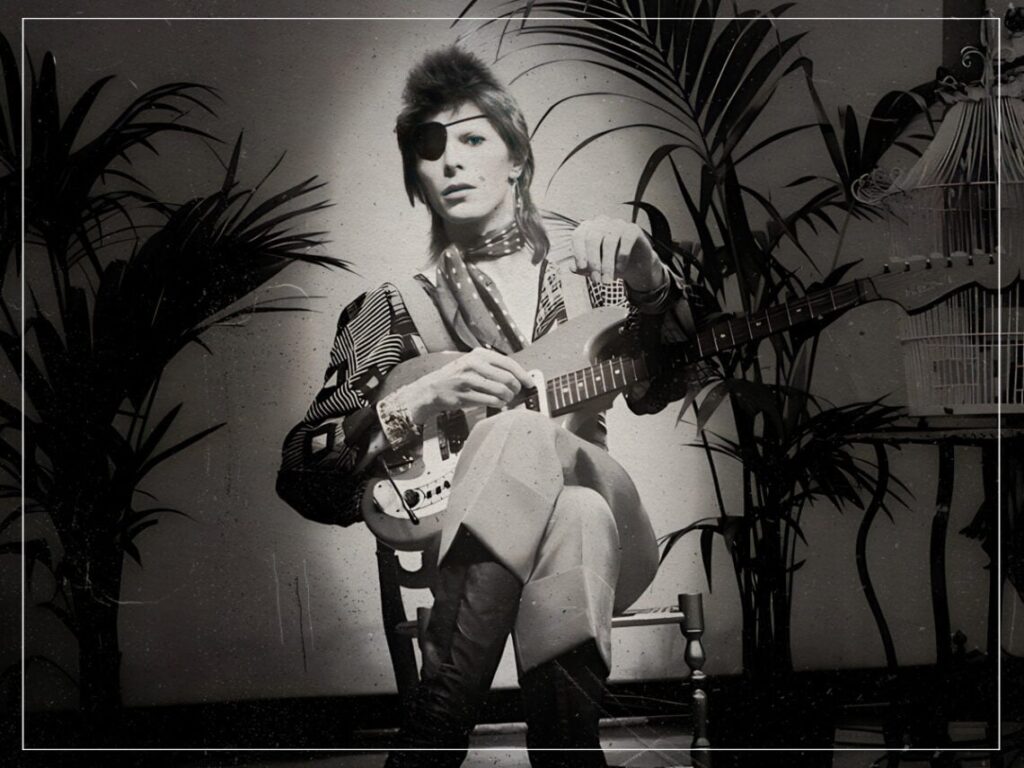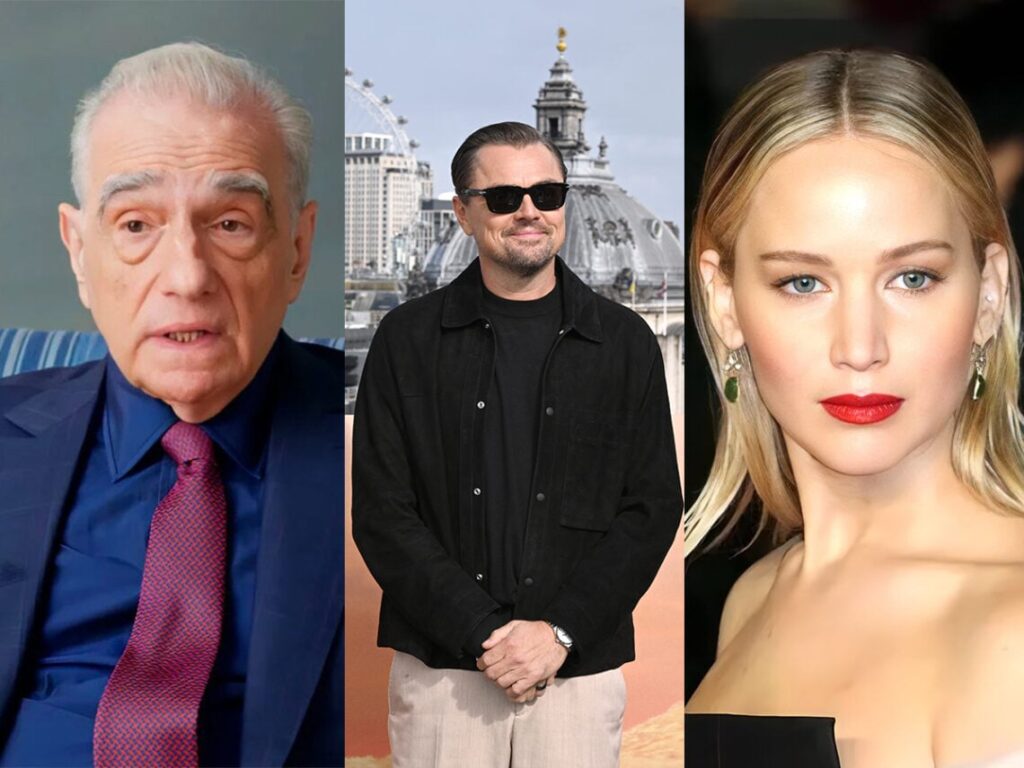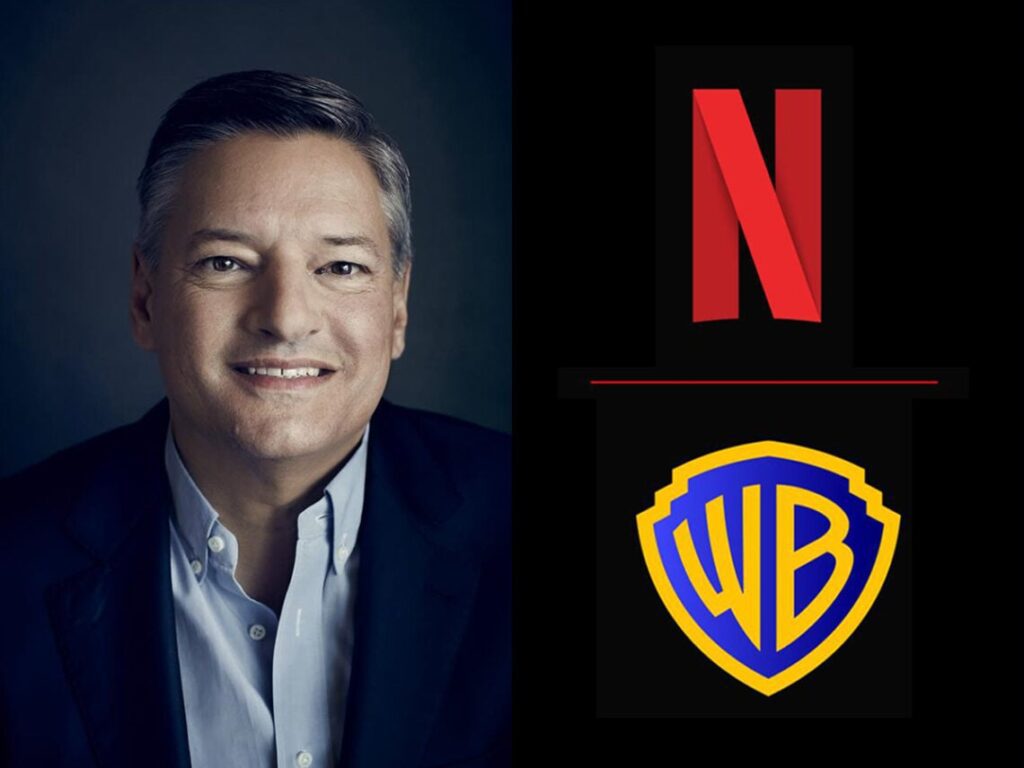The album that gave birth to glam rock, according to David Bowie
 Posted On
Posted On
(Credits: Far Out / Alamy)
When David Bowie asked John Lennon what he thought of glam rock, he answered as quick as a flash that it was just “rock and roll with lipstick”. It’s a cute reply, but is it correct? Beyond the outrageous outfits and notable attitude, on a blank-sleeved record, what is it that makes the music itself glam?
To be frank, it was somewhat inseparable from the image. As Lennon explained, “Well, if you get Bowie on TV and somebody switches on in Ohio or Bradford and they see this person looking out at them, it’s going to affect their whole way of life,” he told New Musical Express in 1974. “He doesn’t have to say ‘Power To The People,’ ‘Right On’. He is the message in himself. It’s like holding a mirror up to society. It makes people react in a specific way that’s better than having them half dead listening to Sandy McPherson.”
But this wake-up call to the new decade, once the dream of the 1960s was finally derailed, had musical tropes, too. Much in the manner of ’50s rock ‘n’ roll, the beats were driving and simple, designed to keep the listener hooked. These were then decorated with opulence in the shape of big choruses, power chords, soupy synths, space-age sounds, and plenty of dynamic shifts.
Before these traits could incorporate otherworldly themes and the notion of character performance, Bowie claims a record that kicked it all off came along. And he would know — he was the godfather of the craft before his muse bolted in yet another new direction. “It’s possible, just possibly maybe, that strands of the embryonic glam style started here,” he said of Banana Moon by Daevid Allen when selecting his 25 favourite albums of all time in Vanity Fair. The rogue ‘e’ in the lesser-known musician’s first name certainly showcases the undercurrent of pretence in the genre.
Bowie continued, “I replayed it just this morning and was flabbergasted to hear something that sounds like Bryan Ferry and the Spiders from Mars (together, at last!!) on track one, recorded a full two years before the ‘official’ glam releases from either of the two above-mentioned protagonists.” Indeed, arriving in July 1971, the Australian musician who had previously been known for founding Soft Machine certainly tapped into something ahead of the curve.
Allen even showcases Ferry’s so-called ‘yelping’ singing style while the guitars are pretty much constantly soloing or on the brink of breaking free for the footloose topline melody—all facets that would go on to make tracks like ‘Moonage Daydream‘ and ‘Virginia Plain’ unforgettable masterpieces.
As Bowie would add, “There are, however, no doubts about Allen and fellow band member Robert Wyatt’s huge influence on the more ‘high-minded’ layers of pop with their protean unit, the Soft Machine. Banana Moon became Allen’s solo transitional move before forming the loony Gong. Wyatt also went on to a long and respected solo career, intermittently working with ex-Roxyite Brian Eno.”
Sadly, however, none of these projects, including Banana Moon, would have the commercial success that they perhaps deserved, proving that there are perks to being second on the scene, as can also be seen from the flop of The Velvet Underground and the copycat triumphs that came shortly after. David Bowie was the master of this: keeping his ear to the ground and seeing what gems he could bring to the surface.
As he put it himself: “Tomorrow belongs to those who can hear it coming”.
[embedded content]
Related Topics


